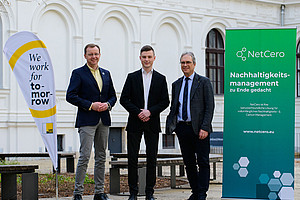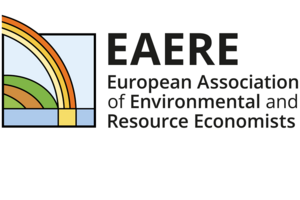zu den Themen: The Department of Atmospheric Physics at the Charles University in Prague und Manifestations of Nonlinearity in Meteorological and Climatic Time Series
Zeit: Mittwoch, 15. Juni 2016, 13:30 Uhr (s.t.)
Ort: SR des Wegener Center im 1. Stock, Brandhofgasse 5
Moderation: Ulrich Foelsche
Herzlich willkommen!
Abstract 1:
The Department of Atmospheric Physics is the only university department in the Czech Republic offering a graduate and postgraduate study of the atmospheric physics and courses in meteorology structured in accordance with the recommendations of the World Meteorological Organization. Research and classes at our department focus at various topics including the issues of climate and its change, problems of atmospheric chemistry and pollution, modelling of turbulent flows, or investigation of gravity waves and their effects on global circulation. The department participates in various national and international research projects and initiatives. In this presentation, history and current activities are introduced with focus on selected projects such as a) study of the middle atmospheric dynamics (also with utilization of the GPS RO data), b) research of the atmospheric chemistry perturbation and impact of large cities and c) regional modelling and study of the climate zones shifts.
Abstract 2:
Despite the inherent nonlinearity of the processes governing the behavior of the atmosphere and climate system, linear methodology still prevails in the statistical analysis of meteorological and climatic data. Often, such approach is justified, and linearization does not impose an excessive oversimplification. In other cases, however, nonlinearity manifests quite clearly and use of nonlinear methods (including application of various architectures of neural networks, or local models in the phase space) can provide a more complete picture of the processes and relation investigated. In this presentation, degree of detectable nonlinearity and benefits of application of nonlinear techniques (or lack thereof) are illustrated on several examples, pertaining to short-term prediction at synoptic time scales, statistical downscaling, or attribution of temporal variability to various external and internal climate forcings. It is shown that presence and magnitude of nonlinearity are subject not only to the nature of the relations studied, but also to geographic origin of the data, season of the year or temporal resolution of the time series employed.





